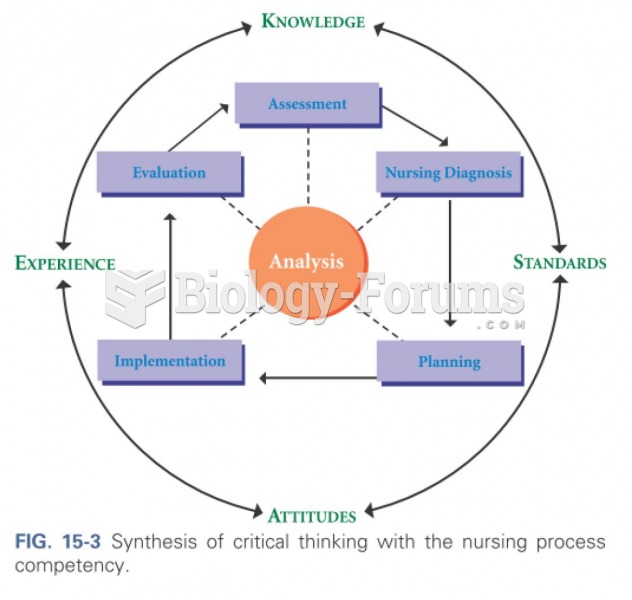Answer to Question 1
ANS: B, D, E
The first prerequisite for appraising qualitative studies is an appreciation for the philosophical foundation of qualitative research. Qualitative researchers design their studies to be congruent with one of a wide range of philosophies, such as phenomenology, symbolic interactionism, and hermeneutics, each of which espouses slightly different approaches to gaining new knowledge; quantitative research espouses and follows the tenets of the scientific method. Nonetheless, an appreciation for each is foundational to the critique process. Phenomenologists agree that there is not a single reality; each individual has his or her own reality. Reality is considered subjective, and as a result, unique to the individual, and, consequently, objective truth need not be checked, since the perception of the individual is that person's truth. Quantitative methods check truthfulness of data. Rigor is defined in quantitative research as in qualitative research, rigor is particular to each different method but, overall, implies adherence to that method. Both types of critical appraisal begin with identification of the elements of the research report.
Answer to Question 2
ANS: A, D, E, F
The critical appraisal process for quantitative research includes three steps: (1) identifying the steps of the research process, (2) determining study strengths and weaknesses, and (3) evaluating the credibility and meaning of a study to nursing knowledge and practice. During the second step of this process, not the evaluation, the reader examines the extent to which the researcher followed the rules for an ideal study. Evaluation involves determining the validity, credibility, significance, and meaning of the study by examining the links between the study process, study findings, and previous studies. The steps of the study are evaluated in light of previous studies, such as an evaluation of present hypotheses based on previous hypotheses, present design based on previous designs, and present methods of measuring variables based on previous methods of measurement. The findings of the present study are also examined in light of the findings of previous studies. Evaluation builds on conclusions reached during the first two stages of the critical appraisal so the credibility, validity, and meaning of the study findings can be determined for nursing knowledge and practice.







